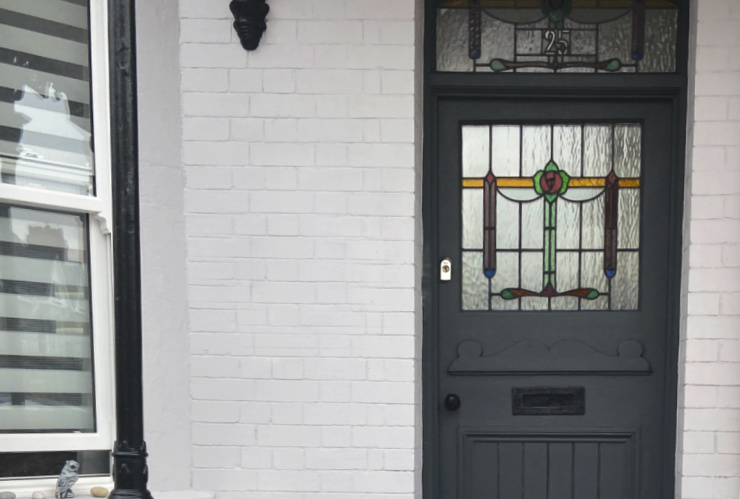If you’ve been lucky enough to snap up a pre-loved period house but have since realised it hasn’t been decorated since the 1970’s, your biggest challenge will be bringing your home into the 21st century. This seems like a mammoth challenge, but it’s one that can be broken down into smaller stages.
Here are some of the things you should consider and prioritise when modernising your period property.
The Bones
The most important (and expensive) part of any house renovation is the parts you can’t see – the bones. This refers to the basic structure of your house. Whilst this isn’t the most glamourous part of a house revamp, it’s the part that makes your house liveable and stable for years to come. Your house could have the most stunning wallpaper and light shades, but if the structure of the house is not in fit condition, it could all come crumbling down – literally.
Older properties are more susceptible to problems such as damp. If your house pre-dates 1875, there’s a good chance no damp proof course (DPC) has been installed. Even if your house is older than that, the DPC probably isn’t to the same standard as modern DPC and might be damaged or defunct.
A lack of effective DPC leaves your home open to excess moisture which is one of the leading causes of rising damp, wet rot and dry rot – all of which are extremely destructive to the integrity of your house’s structure. The first thing you should do when looking at overhauling your period property is getting a professional to do a site survey to assess if damp is an issue, and if so, treat it immediately.
If there is an extensive issue, it could eat up a large portion of your budget, so it’s essential you have a contingency plan in place for this when you buy an older house.
The Features
If the bones of your house are safe and secure, you can start to pay attention to the details of your house. It’s no secret that period properties are rife with beautiful features modern homes can only dream of. Modernising your house doesn’t mean ripping everything out and starting again; appreciate the details and accents your house comes with.
This could be in the form of reclaiming the original floors. Lots of Victorian properties have beautifully tiled hallways and natural floorboards. Vintage never goes out of style and floorboards/tiles can be incorporated into any modern design, so it’s well worth investing the time and money into restoring the original floors.
Stained glass windows are another thing you can preserve from the original house that will work with every modern palette, as are fireplaces. If the original fireplace was removed by previous owners to make way for something more ‘modern’, you can buy old fireplace surrounds online for a relatively low cost which will help restore some of the former glory of your house, but you can pair them with modern fireplace interiors to retain the power and convenience of 21st century heating.
The Décor
Using the original features of your house as a basis for the décor will go a long way to ensuring your home has a uniform and coherent flow. It’s only natural that you’ll want to replace some of the old fixtures and fittings, especially in the bathroom and kitchen. The good news is, vintage is in. This means you can replicate the look of a period property but make it modern with fittings such as freestanding baths and bevelled wall tiles.
If you have stained glass windows or doors, you can pick out the colours in the glass as a foundation for the colour scheme in your house. This doesn’t mean painting the entire room, but smaller accents such as soft furnishings can create a timeless flow throughout your house.
Renovating a period property is all about combining the old and the new in a functional way, but one that doesn’t detract or erase the history of the original house. You need to make sure your house works for you and your family, but it’s important to remember why you chose a period property instead of a brand new one before you start gutting the whole house.
If you have stained glass windows or doors, you can pick out the colours in the glass as a foundation for the colour scheme in your house. This doesn’t mean painting the entire room, but smaller accents such as soft furnishings can create a timeless flow throughout your house.
Renovating a period property is all about combining the old and the new in a functional way, but one that doesn’t detract or erase the history of the original house. You need to make sure your house works for you and your family, but it’s important to remember why you chose a period property instead of a brand new one before you start gutting the whole house.
*AD









No comments